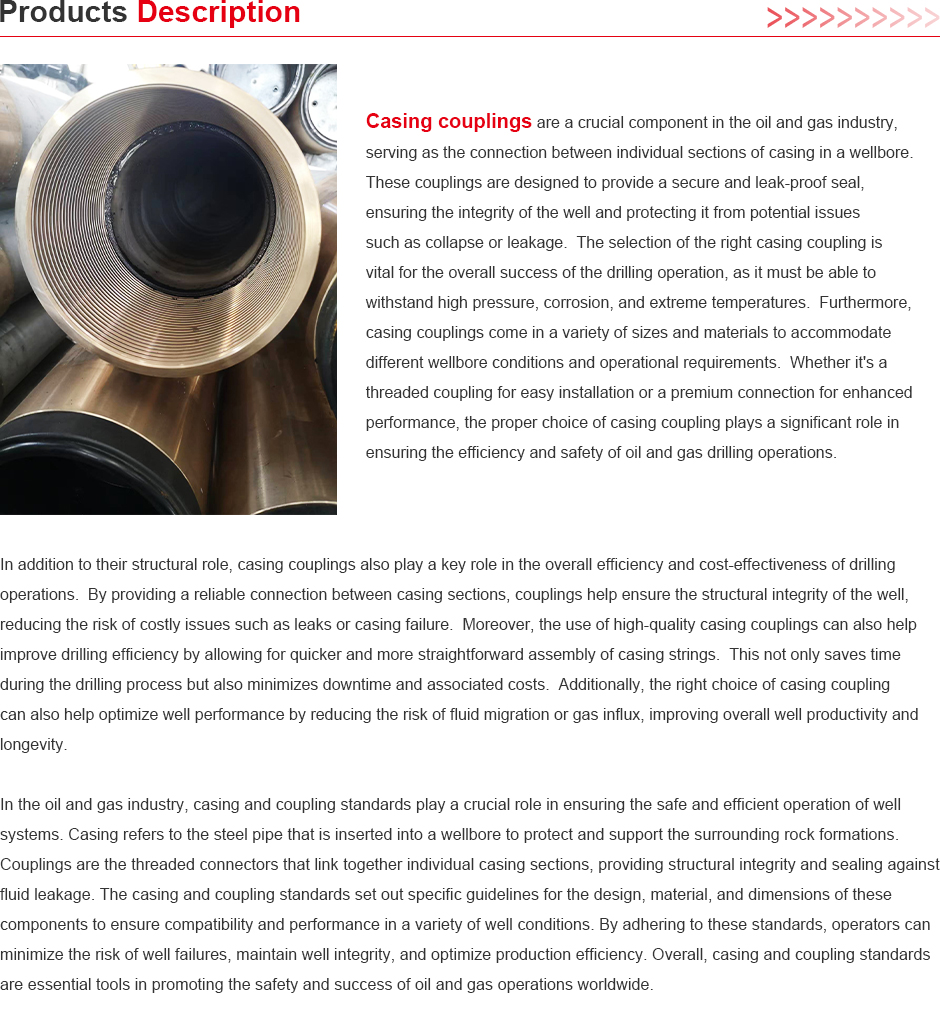- Afrikaans
- Albanian
- Amharic
- Arabic
- Armenian
- Azerbaijani
- Basque
- Belarusian
- Bengali
- Bosnian
- Bulgarian
- Catalan
- Cebuano
- Corsican
- Croatian
- Czech
- Danish
- Dutch
- English
- Esperanto
- Estonian
- Finnish
- French
- Frisian
- Galician
- Georgian
- German
- Greek
- Gujarati
- Haitian Creole
- hausa
- hawaiian
- Hebrew
- Hindi
- Miao
- Hungarian
- Icelandic
- igbo
- Indonesian
- irish
- Italian
- Japanese
- Javanese
- Kannada
- kazakh
- Khmer
- Rwandese
- Korean
- Kurdish
- Kyrgyz
- Lao
- Latin
- Latvian
- Lithuanian
- Luxembourgish
- Macedonian
- Malgashi
- Malay
- Malayalam
- Maltese
- Maori
- Marathi
- Mongolian
- Myanmar
- Nepali
- Norwegian
- Norwegian
- Occitan
- Pashto
- Persian
- Polish
- Portuguese
- Punjabi
- Romanian
- Russian
- Samoan
- Scottish Gaelic
- Serbian
- Sesotho
- Shona
- Sindhi
- Sinhala
- Slovak
- Slovenian
- Somali
- Spanish
- Sundanese
- Swahili
- Swedish
- Tagalog
- Tajik
- Tamil
- Tatar
- Telugu
- Thai
- Turkish
- Turkmen
- Ukrainian
- Urdu
- Uighur
- Uzbek
- Vietnamese
- Welsh
- Bantu
- Yiddish
- Yoruba
- Zulu
what is the difference between casing and tubing?
Understanding the Difference Between Casing and Tubing in Oil and Gas Operations
In the oil and gas industry, the terms casing and tubing refer to two distinct types of piping used in drilling and production operations. Understanding their differences is crucial for anyone involved in the exploration and extraction of hydrocarbon resources. This article aims to explore the fundamental differences between casing and tubing, their specific functions, and their roles in ensuring operational efficiency and safety.
What is Casing?
Casing is a series of steel pipes that are installed in the borehole after drilling has been completed. Its primary purpose is to stabilize the wellbore and prevent the surrounding rock from collapsing into the drilled hole. The casing also serves as a barrier to isolate various geological formations and protect fresh water zones from contamination. Typically, casing is cemented in place, which creates a strong bond with the formation and provides additional support.
Casing comes in various sizes and grades, depending on the depth of the well and the specific geological conditions. As the well is drilled deeper, different casing strings may be used to accommodate the changes in pressure and temperature. The initial casing installed is often called surface casing, while subsequent layers are referred to as intermediate casing or production casing, depending on their position and function.
What is Tubing?
Tubing, on the other hand, is the pipe that runs from the wellhead into the production zone of the well. Its main function is to facilitate the flow of hydrocarbons (oil and gas) from the reservoir to the surface. Tubing is generally smaller in diameter compared to casing and is specially designed to handle high pressures and corrosive environments.
what is the difference between casing and tubing?

Unlike casing, tubing is not cemented to the wellbore; it can be removed or replaced as needed to optimize production. The installation of tubing typically occurs after the well has been completed and the production casing has been set and cemented. Tubing can be installed using a method called completion, which includes perforating the production casing to allow hydrocarbons to flow into the tube.
Key Differences
1. Functionality The primary function of casing is to provide structural integrity to the wellbore and isolate different formations, whereas tubing is designed to transport oil and gas from the reservoir to the surface.
2. Installation Casing is installed first during the drilling process and is cemented in place to secure it against the geological formation. Tubing is installed later during the completion phase and is not cemented, allowing for easier maintenance and replacement.
3. Diameter and Material Casing pipes are typically larger in diameter and made of heavy-duty materials to withstand high pressures. Tubing, while still strong, is designed to be more flexible and often comes in smaller diameters.
4. Removal Casing remains in place for the life of the well and is not removed unless there are significant issues. Tubing can be pulled out and replaced more frequently to maintain production efficiency.
In summary, casing and tubing play vital yet distinct roles in oil and gas operations. Casing provides stability and safety to the wellbore, while tubing serves as the conduit for hydrocarbon production. Understanding these differences is essential for effective well management and ensuring the success of drilling and production activities.
-
Tubing Pup Joints: Essential Components for Oil and Gas OperationsNewsJul.10,2025
-
Pup Joints: Essential Components for Reliable Drilling OperationsNewsJul.10,2025
-
Pipe Couplings: Connecting Your World EfficientlyNewsJul.10,2025
-
Mastering Oilfield Operations with Quality Tubing and CasingNewsJul.10,2025
-
High-Quality Casing Couplings for Every NeedNewsJul.10,2025
-
Boost Your Drilling Efficiency with Premium Crossover Tools & Seating NipplesNewsJul.10,2025







